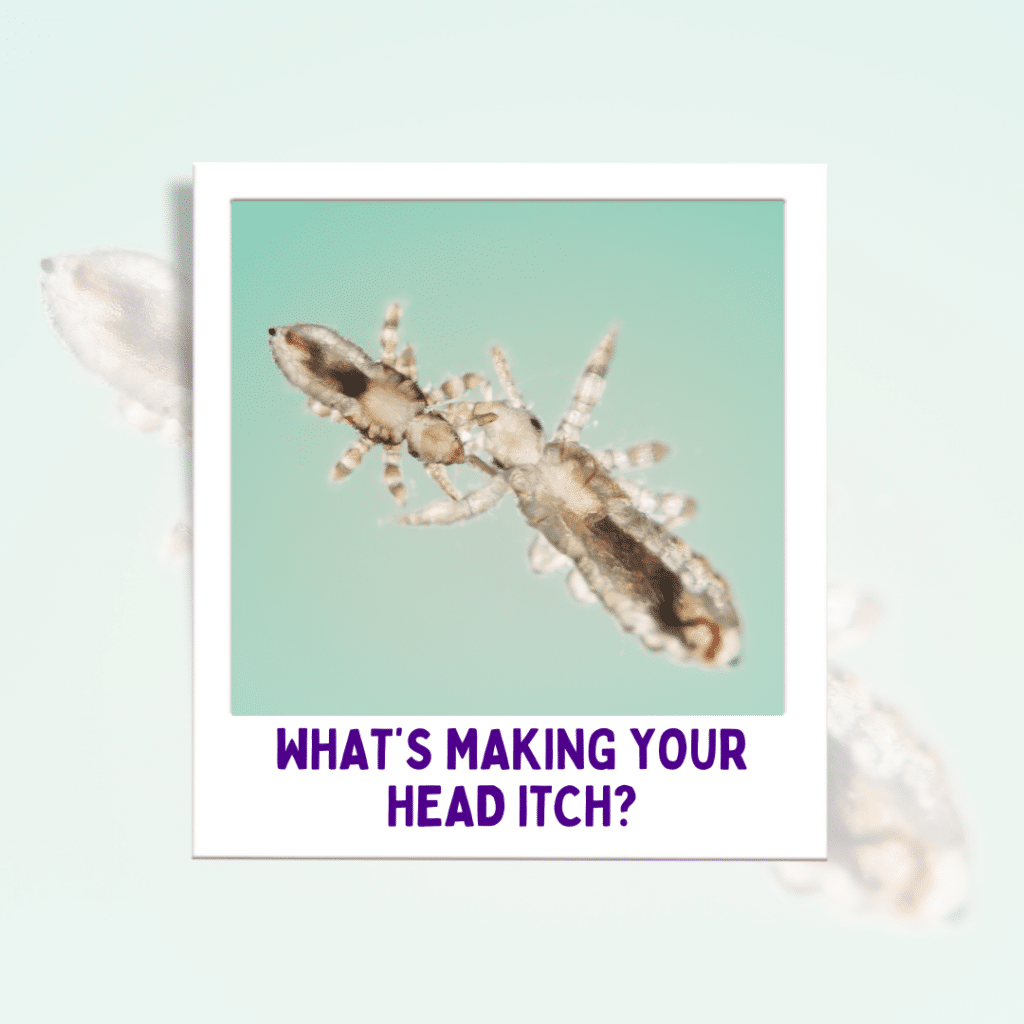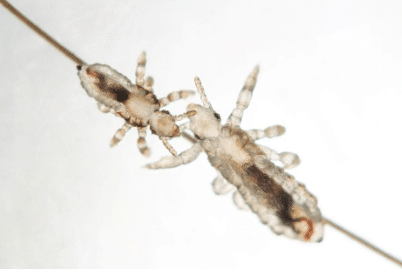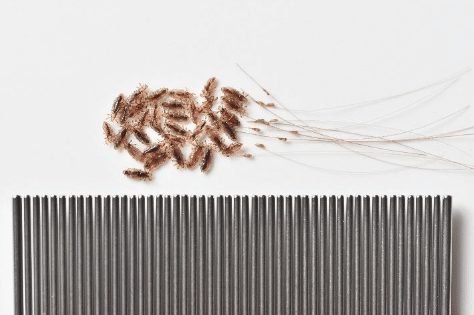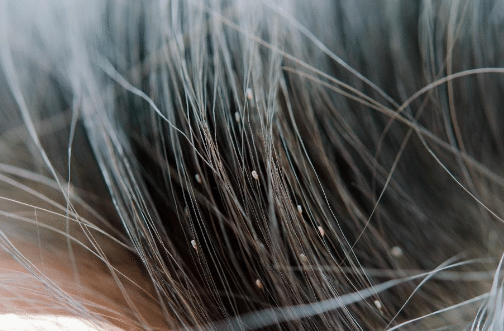
Lice infestations can be a distressing experience, but knowing how to identify these tiny parasites is crucial for effective treatment and prevention. In this comprehensive guide, we’ll delve into the specifics of what lice look like, their characteristics, and how to differentiate them from other scalp issues. Armed with this knowledge, you’ll be better equipped to tackle any lice-related challenges that come your way.
Identifying Lice: The Main Symptoms
Before diving into the specifics of lice appearance, it’s essential to understand the primary symptoms of a lice infestation. Common signs include persistent itching of the scalp, a sensation of something moving in the hair, and visible nits (lice eggs) attached to the hair shafts. These symptoms often prompt individuals to inspect their scalp for lice presence.
Head Lice: What to Look For
Head lice are small, wingless insects that infest the scalp and feed on blood. They typically range in size from about 2 to 3 millimeters, making them challenging to spot with the naked eye. However, their presence can be detected through careful examination of the scalp and hair strands.
How to Check for Lice
To conduct a thorough lice check, it’s essential to use a fine-toothed comb, known as a lice comb, to comb through the hair section by section. Look for adult lice crawling on the scalp or hair, as well as nits attached to individual hair strands close to the scalp. Pay special attention to areas behind the ears, at the nape of the neck, and around the crown of the head, as these are common hotspots for lice activity.
What Does Lice Look Like?
Lice have distinct characteristics that set them apart from other common scalp issues. They typically have a grayish-white or tan coloration, although their appearance may vary slightly depending on factors such as lighting and individual variations. Adult lice have six legs equipped with claws that allow them to grasp onto hair strands firmly. These tiny insects are highly mobile and can move quickly through the hair, making them challenging to capture.

Lice Characteristics:
Size: Approximately 2 to 3 millimeters in length
Color: Grayish-white or tan, although coloration may vary
Body: Narrow and elongated, with six legs equipped with claws for grasping onto hair
Mobility: Highly mobile and capable of moving quickly through the hair
What Do Lice Eggs (Nits) Look Like:
Nits are the eggs laid by adult female lice and are often mistaken for dandruff or hair debris. They are oval-shaped and typically have a whitish or yellowish hue. Nits are attached to the hair shaft near the scalp using a sticky substance secreted by the female louse. Unlike dandruff, which can be easily dislodged from the hair, nits are firmly attached and require careful removal to eliminate the infestation completely.

Nit Characteristics:
Shape: Oval-shaped
Color: Whitish or yellowish
Attachment: Firmly attached to the hair shaft near the scalp using a sticky substance secreted by the female louse

What Does a Lice Infestation Look Like?
A lice infestation can vary in severity, depending on factors such as the number of adult lice present and the duration of the infestation. In mild cases, there may be relatively few adult lice and nits, resulting in minimal itching and discomfort. However, in more severe infestations, the scalp may become inflamed and irritated, and the itching can be intense. Visible signs of a lice infestation include numerous adult lice crawling on the scalp, along with a significant number of nits attached to the hair shafts.
How to Know if It’s Lice or Dandruff
Distinguishing between lice and dandruff can sometimes be challenging, as both can cause itching and flaking of the scalp. However, there are key differences to look for. While dandruff flakes are typically white or yellowish and easily brushed away from the scalp, nits are firmly attached to individual hair strands and cannot be easily dislodged. Additionally, lice infestations are often accompanied by visible adult lice crawling on the scalp, whereas dandruff does not involve the presence of insects.
How to Treat Lice
When faced with a lice infestation, prompt and thorough treatment is essential to eradicate the parasites effectively. The Licefreee Ultimate Family Kit offers a comprehensive solution for treating lice infestations, including:
- Licefreee Spray: A homeopathic spray that kills head lice and nits quickly and effectively without the use of chemical pesticides. Simply spray onto dry hair, allow to air dry, and repeat as needed.
- Licefreee Home Lice Control Spray: Designed to eliminate lice on household items such as pillows, cushions, and furniture. This spray uses naturally occurring d-limonene found in orange peels to kill lice without harmful chemicals.
- Licefreee NitDuo: A dual-sided lice comb for removing remaining nits from the hair after treatment. The comb features a smooth side for gentle combing and a grooved side for removing tough nits.
By utilizing the Licefreee Kit, you can effectively treat your family’s lice infestation and prevent reinfestation, ensuring a lice-free environment for everyone.
Understanding what lice really look like is essential for prompt identification and treatment of lice infestations. By familiarizing yourself with the characteristics of lice and their eggs, you can take proactive steps to address infestations and prevent their spread. With the comprehensive treatment options offered by the Licefreee Ultimate Family Kit, you can tackle lice infestations with confidence and achieve lasting relief for your family.
